As a lifelong resident and dedicated horticulturist, I’ve had the unique privilege to witness the bounty of nature that California has to offer.
From the serene coastlines to the towering sequoias, California is a diverse landscape teeming with vibrant life, particularly in our flourishing plant kingdom.
One of the state’s charms is its ability to foster various species of flowers, some of which bloom all year-round.
Here, I will take you through a journey of some of these perennial bloomers, their characteristics, growing conditions, and some advice for fellow Californians eager to adorn their gardens with perennial beauty.
What Flowers Bloom All Year-round In California?
Geraniums (Pelargonium spp.)
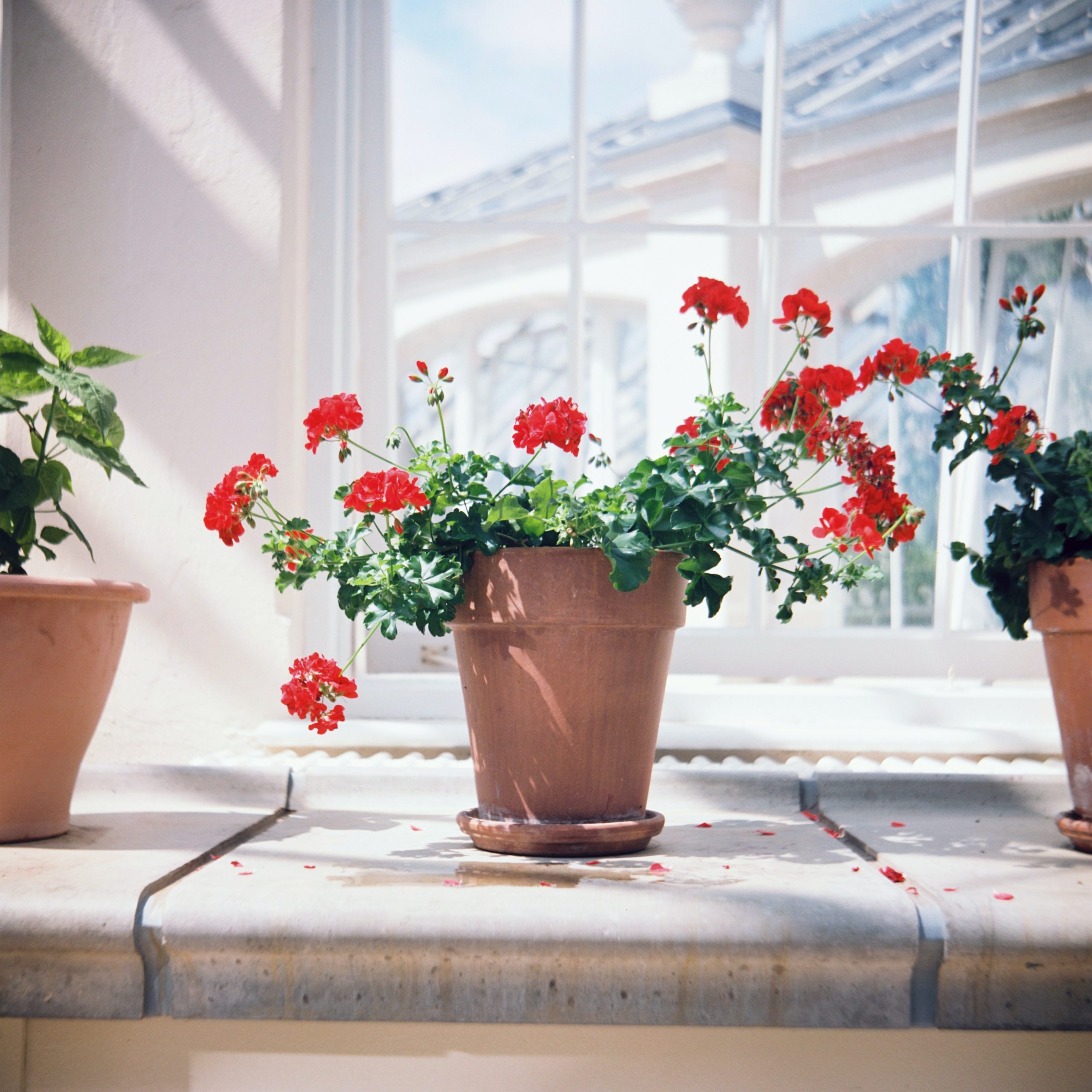
Geraniums are a favorite among Californian gardeners due to their ability to bloom throughout the year, filling gardens with a variety of colors, from red and pink to white and lavender.
The majority of geraniums are easy to grow and require full sun, well-drained soil, and occasional watering once established.
California residents should note that these plants are relatively drought-resistant, making them ideal for our Mediterranean-style climate.
Geraniums can be grown in the ground or in containers, providing flexibility for those with limited space.
Ice Plant (Delosperma cooperi)
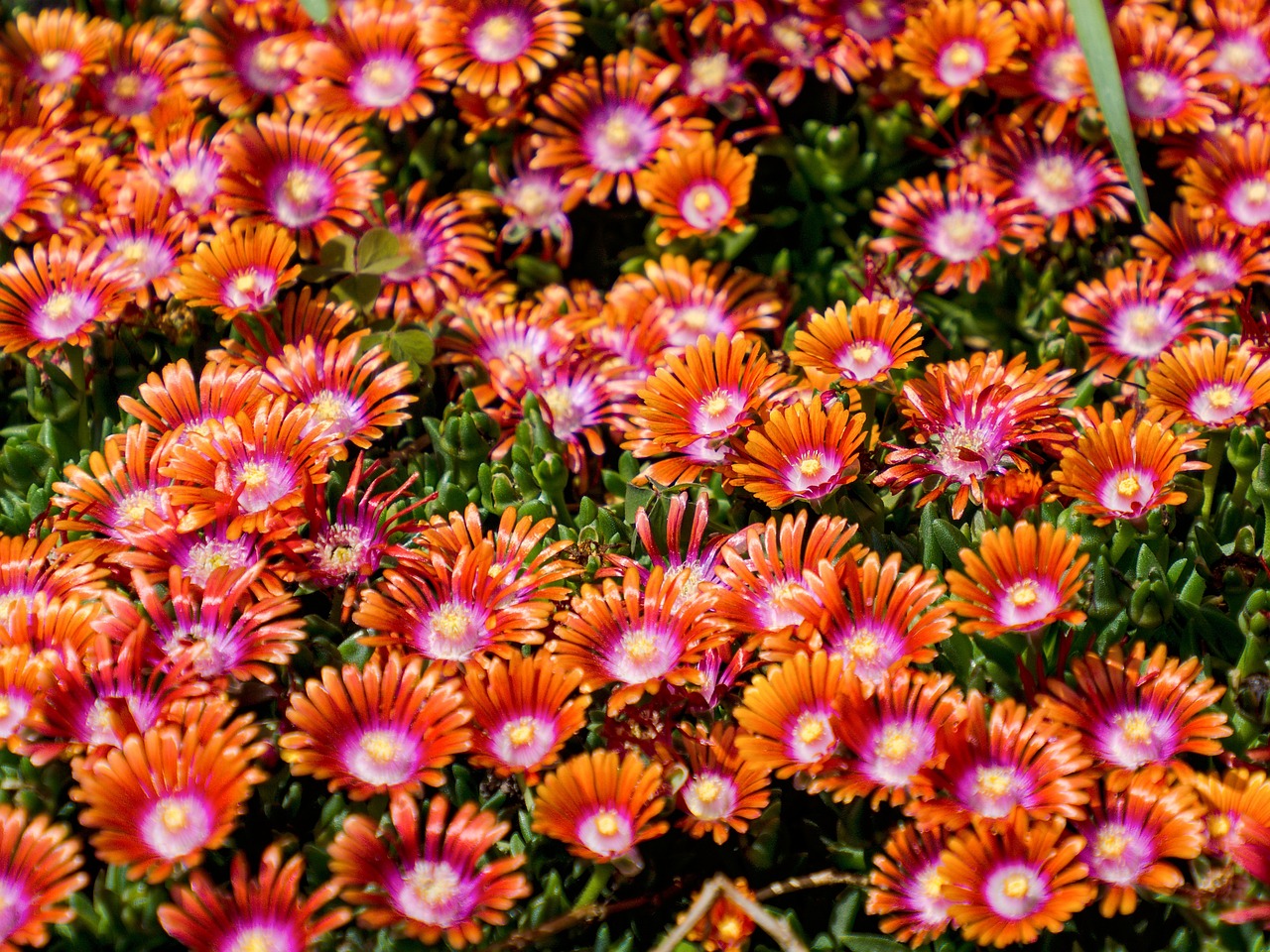
The Ice Plant, with its captivating pinkish-purple flowers, is a beautiful succulent that offers year-round blooming in the right conditions.
Known for their love of sunshine, Ice Plants flourish in full sun and well-drained soil.
They have an exceptional tolerance for dry conditions, making them perfect for Californian drought seasons.
The best advice for residents looking to grow Ice Plants would be to avoid overwatering.
These plants are hardy and require little maintenance, which makes them a fantastic low-maintenance choice for any garden.
Petunias (Petunia × atkinsiana)
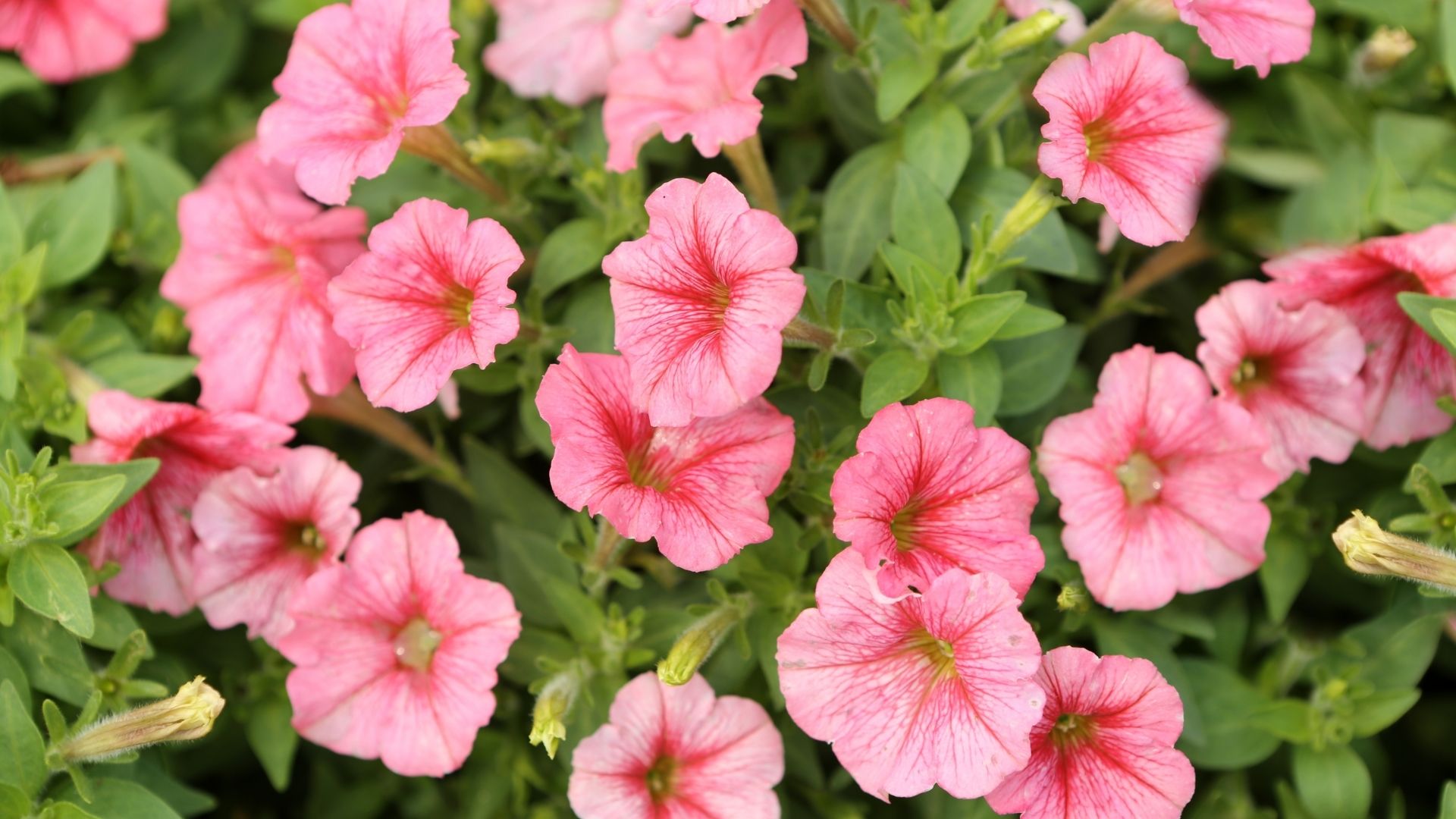
Petunias are cherished for their vibrant and abundant flowers that can grace your Californian garden with color all year round.
They come in a variety of hues, including pink, purple, white, and yellow. Petunias prefer full sun exposure, but they can tolerate partial shade.
They thrive in well-drained soil and require regular watering, but be careful not to overwater as they don’t like overly soggy conditions.
Californians looking to grow petunias should keep in mind that these plants appreciate a good feeding.
Regular application of a balanced flower fertilizer can encourage more prolific blooming.
Also, deadheading spent flowers can stimulate further blooming and keep your plants looking fresh and vibrant.
Hibiscus (Hibiscus rosa-sinensis)
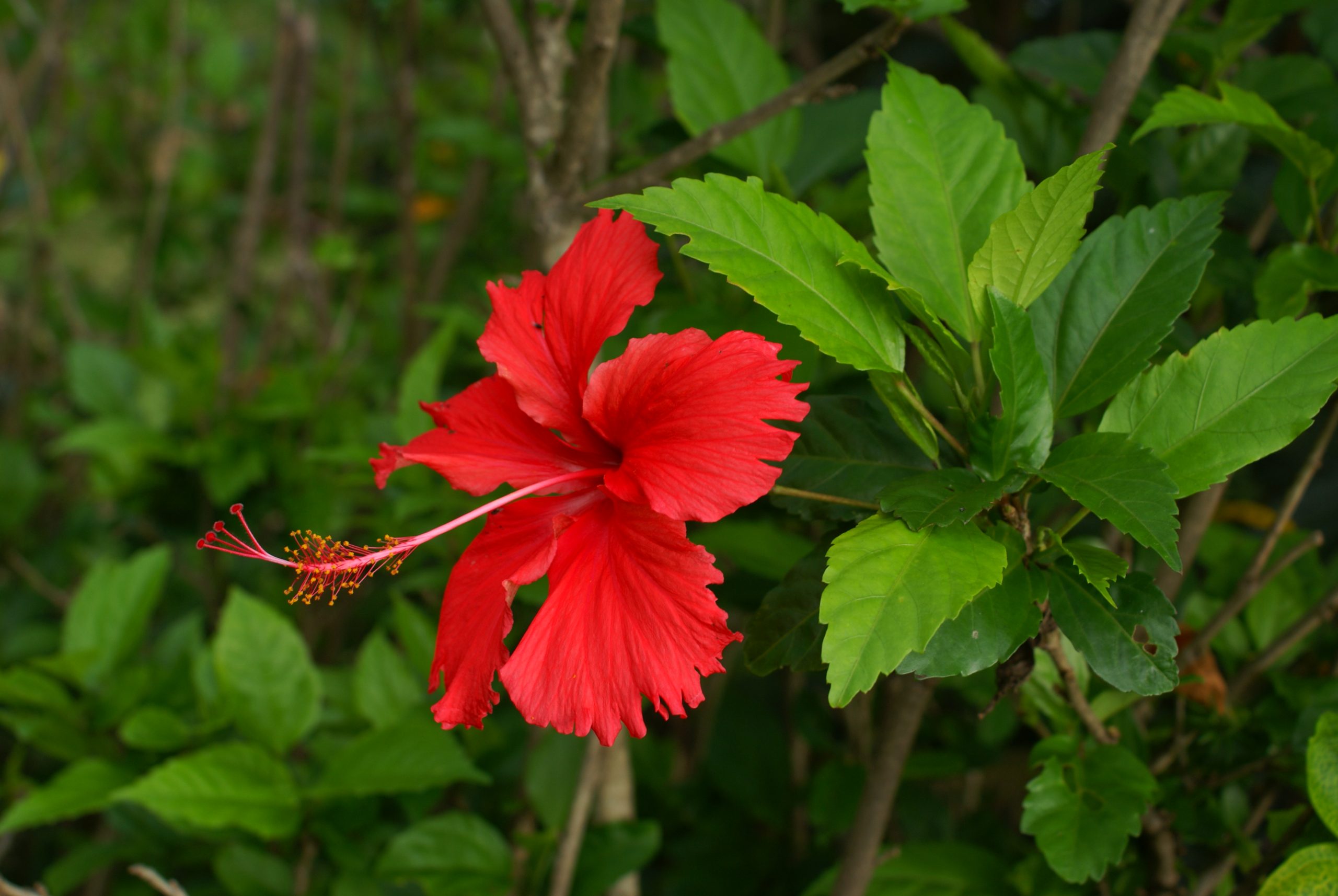
Hibiscus is an exotic plant known for its large, flamboyant flowers that bloom year-round in California.
The flowers come in a wide array of colors, including red, pink, orange, yellow, and white.
Hibiscus loves the sun and needs at least six hours of direct sunlight each day. They prefer well-drained, slightly acidic soil, and require regular, deep watering.
For Californians considering adding hibiscus to their garden, keep in mind that these plants can grow quite large.
Pruning in the spring can help control their size and shape, and also stimulate blooming.
While hibiscus can be relatively hardy, they may need some protection in the colder months, especially in northern parts of the state.
Regular feeding with a high-potassium fertilizer can help promote continuous blooming.
Bird of Paradise (Strelitzia reginae)
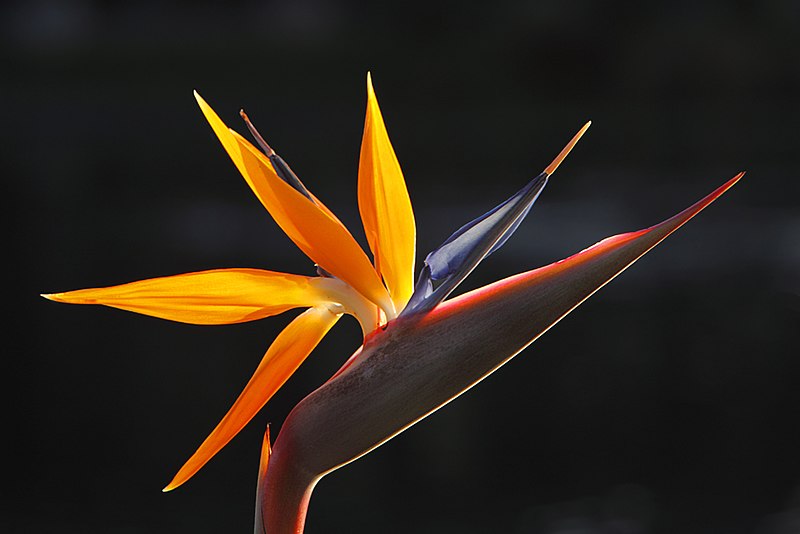
An iconic flower of California, the Bird of Paradise, provides a splash of tropical brilliance with its bright, bird-like blooms.
These plants enjoy a good amount of sunlight but can tolerate part shade.
They prefer rich, well-drained soil and require regular watering in the warmer months and reduced watering in the winter.
For those considering this plant, note that the Bird of Paradise can reach up to 6 feet in height. It can provide a dramatic focal point in your Californian garden.
African Daisy (Osteospermum)
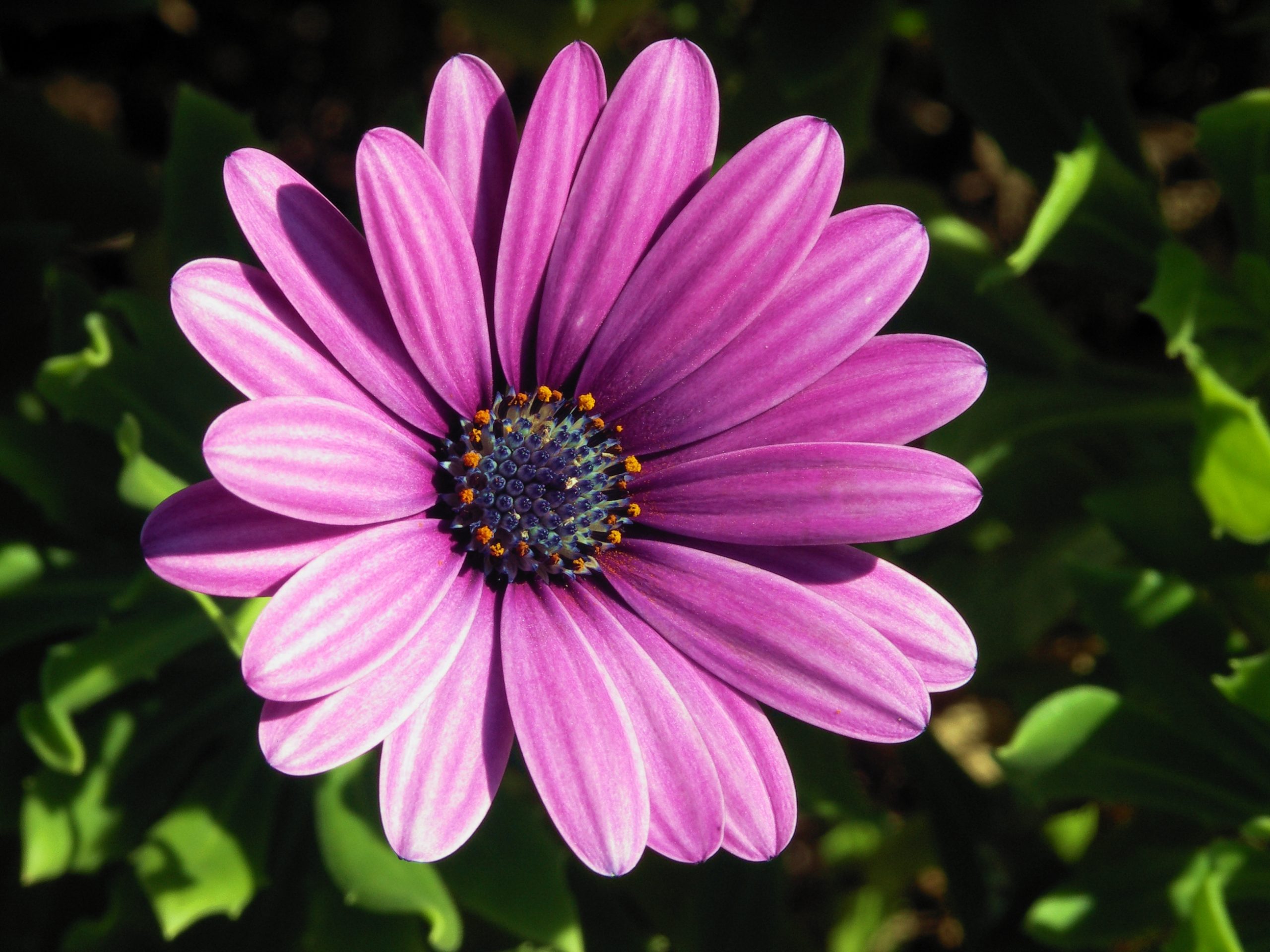
African Daisies are perennial plants that bloom all year-round in California, bearing cheerful, daisy-like flowers in various shades of white, pink, purple, and yellow.
They thrive in full sun or light shade and prefer well-drained soil. They are moderately drought-tolerant once established.
A good piece of advice for California residents would be to prune the African Daisy after its first bloom to encourage a denser growth and more blooming.
Roses (Rosa spp.)

Though not all types, several varieties of roses, particularly the floribunda and hybrid tea roses, bloom throughout the year in California.
Roses prefer full sun exposure, well-drained soil, and regular watering and feeding.
California residents should note that roses can be susceptible to pests and diseases. Regular monitoring and early treatment can keep your roses healthy and blooming all year round.
Expert Tips When Growing Flowers in California
I’ve learned a thing or two about cultivating a thriving garden in our beautiful, yet sometimes challenging, climate.
Here, I’d like to share some of my expert tips for successfully growing flowers in California.
Understand Your Climate Zone
California’s climate varies significantly from the cool coastal areas to the dry, hot deserts and the chilly mountain regions.
Knowing which climate zone you’re in will significantly influence what plants will thrive in your garden.
You can check the USDA plant hardiness zone map or the Sunset Western Garden Zones to gain insights into your area.
Water Wisely
Many parts of California experience periodic drought conditions.
Therefore, understanding the watering needs of your plants and employing water-wise gardening techniques is crucial.
This could involve the use of drip irrigation systems, planting in the cooler months to reduce water evaporation, and watering early in the morning or late in the evening when temperatures are lower.
Choose Drought-Tolerant Plants
Consider planting drought-tolerant plants such as succulents, geraniums, or the Ice Plant, especially if you live in an area of California prone to dry conditions.
These plants not only reduce water use but also demand less maintenance.
Soil Preparation
California soils vary greatly, from sandy coastal soils to heavy clay.
Therefore, soil preparation, such as adding compost or other organic matter, can greatly enhance your garden’s productivity by improving soil fertility and drainage.
Consider Native Plants
Native California plants are accustomed to our state’s specific conditions and often require less maintenance, water, and are more resistant to local pests and diseases.
Plants like California poppies or Matilija poppies are beautiful options that can also contribute to local biodiversity.
Regular Pruning
Regular pruning helps to maintain the health and appearance of many flowers.
It promotes air circulation, which can reduce disease incidence, and it can also encourage more prolific blooming.
Pest Control
Regularly check your plants for signs of pests or diseases.
Early detection can make treatment much more manageable. Consider environmentally friendly pest control methods to maintain the balance in your garden ecosystem.

